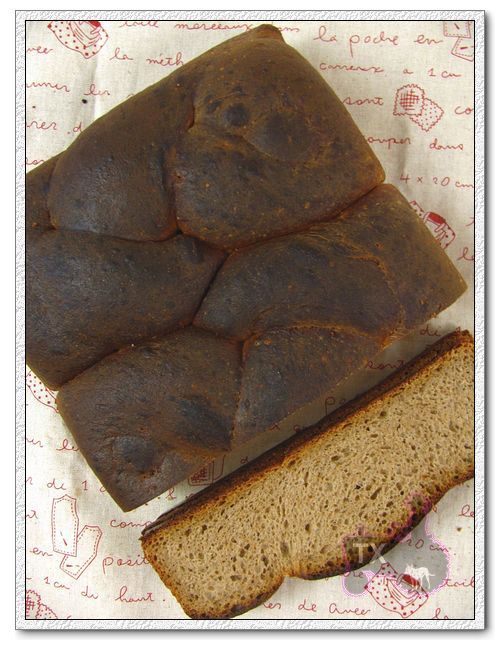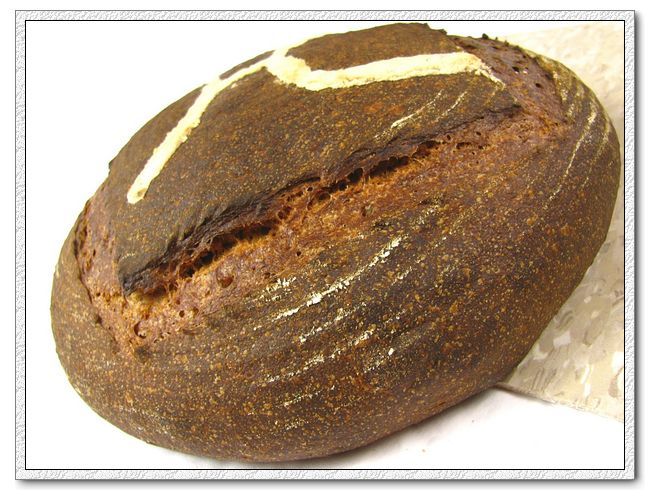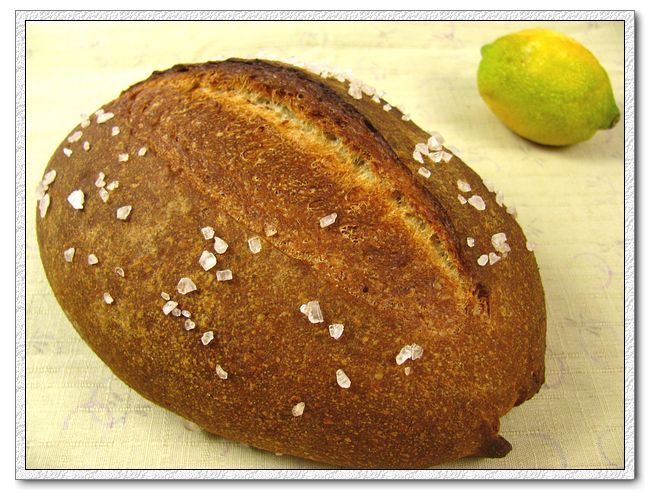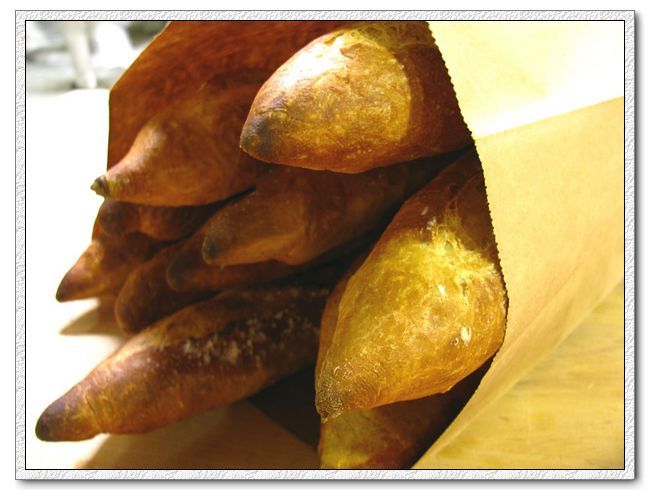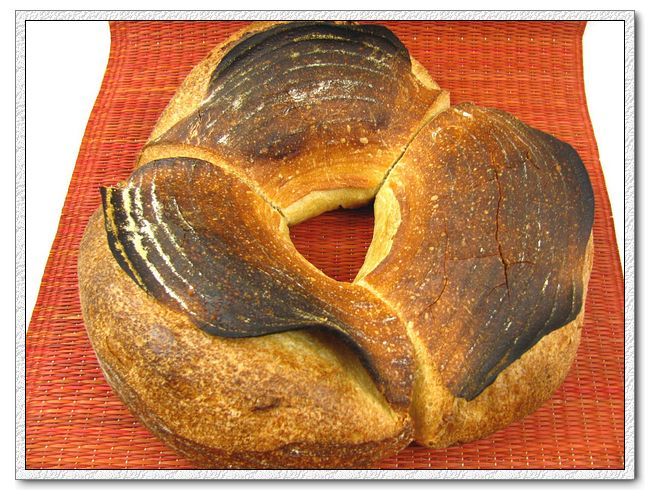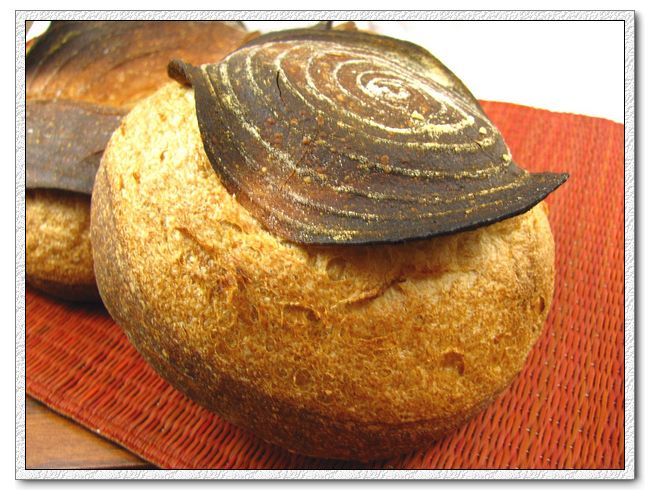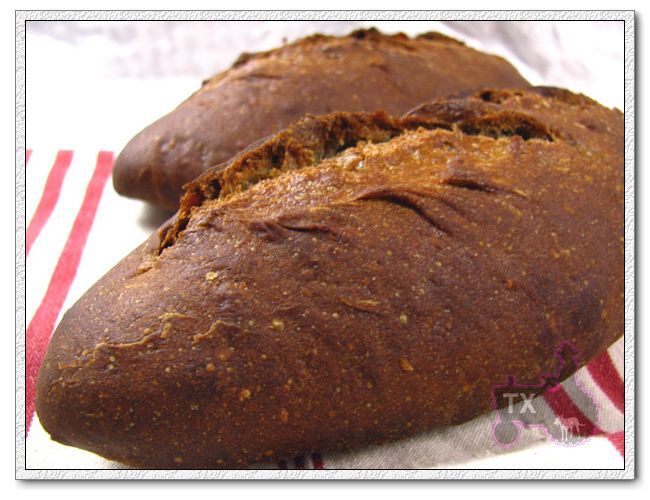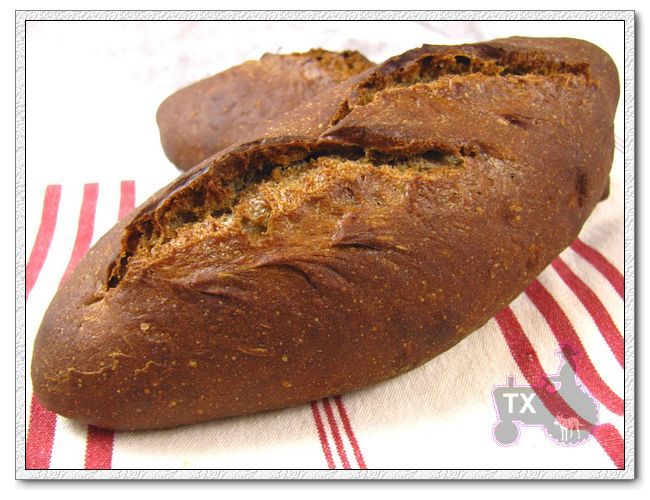Poolish Baguette with Sunflower Seeds
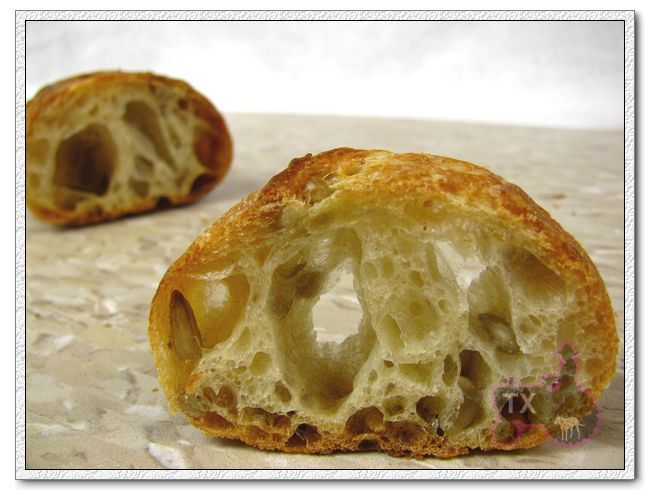
This is a variation on a formula I learned at the SFBI baguette workshop. The original version was delicious, but crumb was not that open since hydration was only 68%(probably to make it easier for students to handle). I increased the hydration to 75%, scaled the amount to fit home ovens, kept the rest the same. Still minimal hand mixing, with a long bulk rise and several folds. Delicious and nice open crumb.
